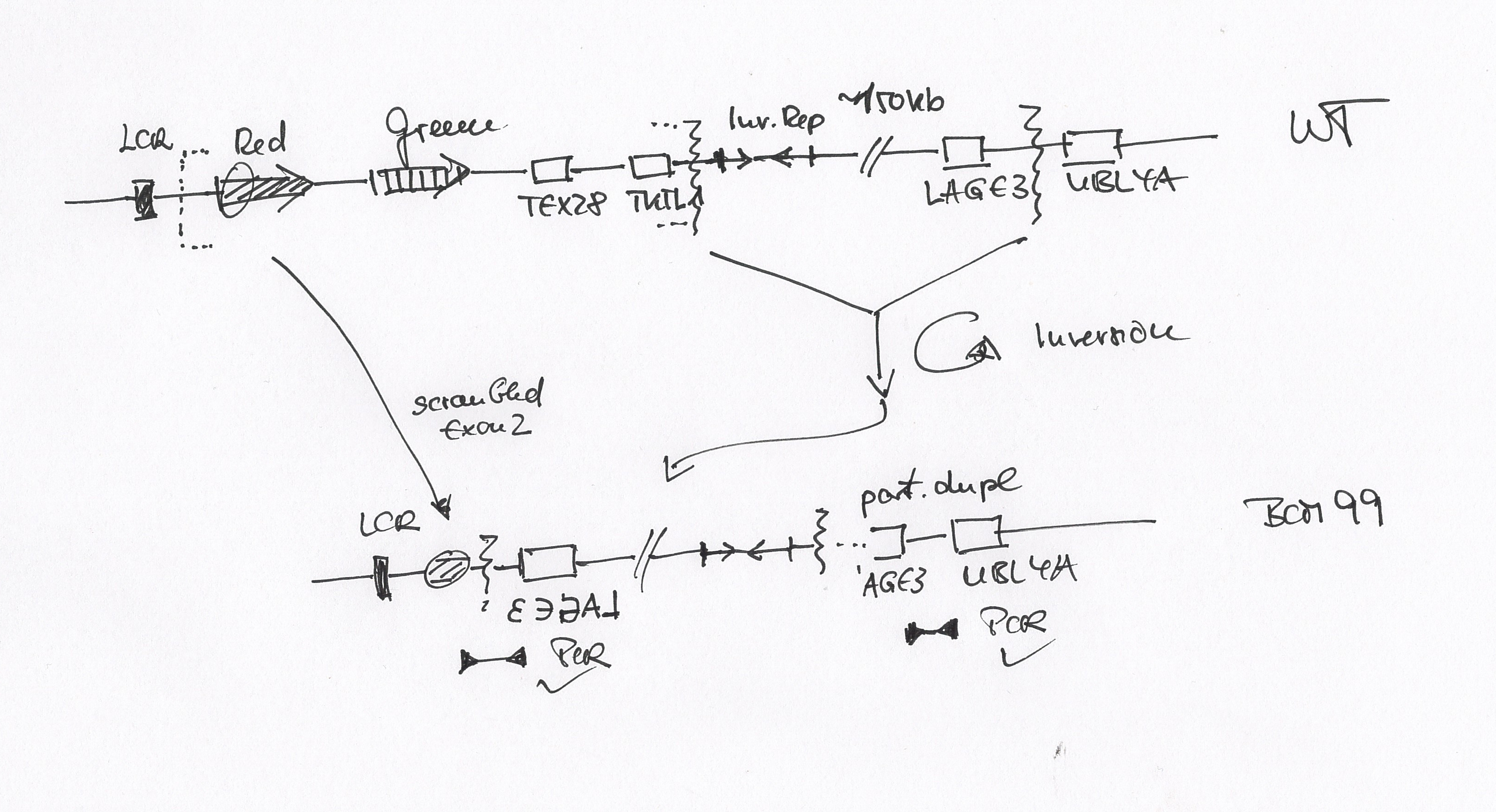A comprehensive close-up view on structural mutations in patients with Blue Cone Monochromacy
Blue Cone Monochromacy (BCM) is an ultrarare retinal disorder which is characterized by low vision, color vision deficiency and photoaversion from birth. BCM is in inherited as an X-linked recessive trait and caused by mutations in the red and green cone opsin gene cluster. Bernd Wissinger and colleagues from the Institute of Ophthalmic Research in collaboration with referring clinicians from all over the world have now investigated the so far largest series of BCM patients for the presence and composition of structural mutations at the cone opsin gene cluster at single base resolution.
Their findings - now published in PNAS (DOI: 10.1073/pnas.2115538119 ) – show that structural mutations such as deletions or sequence rearrangements account for about one third of the studied patient population. Forty novel mutations were identified which quadruples the number of known structural mutations linked to BCM. While most families have unique mutations, one deletion was very common in BCM families exclusively from the United States as a result of a founder mutation event in this population. Comparative analysis of the opsin gene cluster in BCM patients and unaffected probands provided evidence that the presence of gene clusters with large number of opsin gene copies predisposes for the occurrence of structural mutations such as observed in BCM patients.
Given the current technological ‘blind spot’ in the genetic analysis of the cone opsin gene cluster, the results of this study will also impact and improve the genetic diagnostics of BCM patients and female family members at risk of being gene carriers in counseling matters.





